The one word that captures the most common, most irresistible topic in plastics packaging in 2019? Sustainability.
December 17, 2019

If you’re looking for a summary of the must-read plastic packaging articles with the most innovative, on-trend news and developments of 2019, you’re in the right place—PlasticsToday’s top 10 review of the most popular articles posted on the Packaging Channel since January 1.
If we published our stories with virtual ink that characterized a story, we’d have used a lot of green this year—all but two of the top 10 stories point directly to the topic and the two others mention it. And that’s not counting the many of hundreds of sustainably-centered features published at the PT website these past months.
Such is the world, and world of plastics, we live in.
While sustainability is a positive thing, it addresses a negative thing—how to divert packaging from landfills before (Plan A) or after (Plan B) it becomes waste?
Kicking off our reverse-order list at #10, you’ll find an old process might provide a newfangled solution of how to get value out of waste plastics. The tried-and-true process is pyrolysis, which produces liquid feedstock that can be used again to produce plastics, leading to a true circular solution. At the heart of the proposal is that the quality of the plastic waste input and the specific pyrolysis technology determine whether the products can be used to produce plastics again or be used as fuel.
Link: Is an age-old chemical process the solution to today’s plastic waste problem?
Spoiler alert: It turns out there’s another holistic recovery option which is even more all-encompassing, which you’ll read at #7.
But first, Greenpeace’s dead-end quest…
#9 It was bound to happen. In a recent report from Greenpeace, “Throwing Away the Future: How Companies Still Have it Wrong on Plastic Pollution Solutions,” the organization has concluded that not only is plastic bad for the environment, every other “alternative” material is, as well.
Those who are promoting a return to paper packaging will soon be hearing outcries from Greenpeace about how paper usage is destroying the world’s forests. After all, it is the earth’s forests that consume tons of carbon dioxide from the atmosphere like so many giant sponges. So, all you tree-huggers can breathe easy, so to speak.
Additionally, it was noted that a lot of paper packages including single-use paper cups and containers have plastic liners and can’t be recycled, so off to the landfill with those! Paper recycling facilities are drowning in paper, and some recycling centers have stopped collecting paper entirely.
And if you thought that bioplastics were safe from Greenpeace, think again. Greenpeace has dismissed bioplastics, or bio-based plastics made from plants such as sugar cane or corn, as just so much “greenwashing.”
Next: Compostables or PET?
#8 There are numerous options in food packaging materials, and many major food packagers and retailers often make a choice based on non-scientific information. Clearly Clean Products LLC (Orwigsburg, PA) manufactures easily recyclable polyet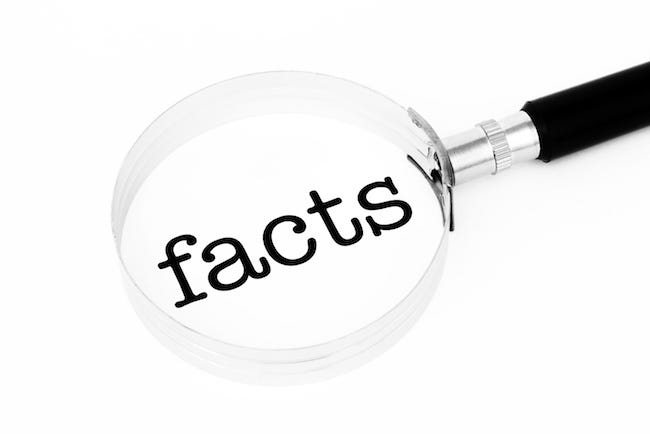 hylene terephthalate (PET) thermoformed food trays. Too often, “greenwashing” becomes an issue for companies like Clearly Clean when they are trying to help customers choose the right packaging for a given application; the recyclable PET tray offers an excellent alternative for EPS food trays that many recycling facilities won’t accept.
hylene terephthalate (PET) thermoformed food trays. Too often, “greenwashing” becomes an issue for companies like Clearly Clean when they are trying to help customers choose the right packaging for a given application; the recyclable PET tray offers an excellent alternative for EPS food trays that many recycling facilities won’t accept.
While customers seeking to improve the “eco-friendliness” of their product packaging have flocked to Clearly Clean’s recyclable PET trays, many remain confused because of the dissemination of non-scientific misinformation about plastics that can result in material choices that are actually harmful to the environment.
Biodegradable and compostable plant-based polymers may sound greener than PET, but are they truly biodegradable and compostable?
Link: Which is better for the environment: Compostable bioplastics or PET? The answer may surprise you
Next: The incredible, all-in-one waste MSW solution
#7 The time is now to focus on stretching goals to deal with sustainability. The decision that went into effect January 2018 by China’s government (“National Sword”) to stop accepting all United States recycling has exposed the vulnerability and ineffectiveness of our current processes for recycling and all forms of  municipal solid waste (MSW). As it stands today, our municipalities are now all scrambling to figure out where to put these recycled materials. Some have simply shut down any recycling programs and are redirecting these curbside collections to landfills.
municipal solid waste (MSW). As it stands today, our municipalities are now all scrambling to figure out where to put these recycled materials. Some have simply shut down any recycling programs and are redirecting these curbside collections to landfills.
The problem is not limited to plastics, it needs to be defined as … “how to deal with all MSW?”
The author’s proposal? Plasma gasification, which accommodates all types of waste, from plastics to metals to food.
Link: Is plasma gasification the solution for plastics and all waste?
Next: What you need to know about biodegradables
#6 Thinking about sustainable packaging? 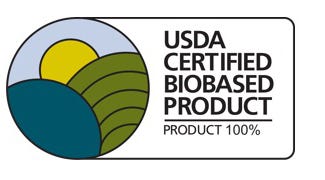 With the attention given to this issue globally, odds are your top management and marketing folks are asking you to check into packaging that can be composted or possibly biodegraded in marine environments. From “Biodegradation is a process, not an end result” to “ASTM, ISO, and similar standards were written to accommodate PLA many years ago and may no longer reflect the state of the art” and the six points in between, a sustainability expert presents eight things you need to know and share with them before starting on a rather complex and potentially costly journey that does not always lead to the intended results.
With the attention given to this issue globally, odds are your top management and marketing folks are asking you to check into packaging that can be composted or possibly biodegraded in marine environments. From “Biodegradation is a process, not an end result” to “ASTM, ISO, and similar standards were written to accommodate PLA many years ago and may no longer reflect the state of the art” and the six points in between, a sustainability expert presents eight things you need to know and share with them before starting on a rather complex and potentially costly journey that does not always lead to the intended results.
Link: Top eight things to know about biodegradable packaging
Next: A really big show of what’s new
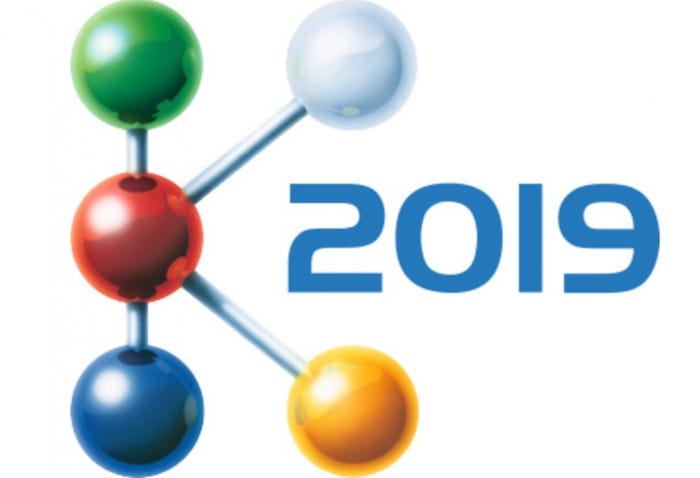
#5 Makers of injection machinery, blowmolders and other machinery for packaging as well as plastic packaging suppliers will present their leading-edge solutions that address sustainability and other benefits during K 2019 in Düsseldorf, Germany, this month. Here’s a preview of selected products.
Link: What’s new in packaging at K 2019
Next: Repolymerization adds value to mixed plastic waste
#4 Dow Chemical reached an agreement with the Fuenix Ecogy Group, based in Weert, Netherlands, for the supply of pyrolysis oil feedstock, which is made from recycled plastic waste. The feedstock will be used to produce new polymers at Dow’s production facilities at Terneuzen, Netherlands.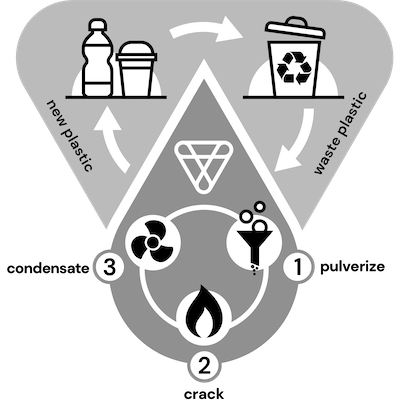
Fuenix Ecogy’s pyrolysis process takes a mixed plastic waste stream and converts it to a feedstock for repolymerization. The polymers produced from this pyrolysis oil will be identical to products produced from traditional feedstocks, and, as such, they can be used in the same applications, including food packaging.
This agreement is an example of Dow’s strategy to enable a shift to a circular economy for plastics by focusing on resource efficiency and integrating recycled content and renewable feedstocks into its production processes. By doing so, post-consumer plastics will continue to have value through an extended lifespan.
Link: Dow to source pyrolysis oil feedstock made from recycled plastic waste
Next: Packaging that’s flexible and fantastic
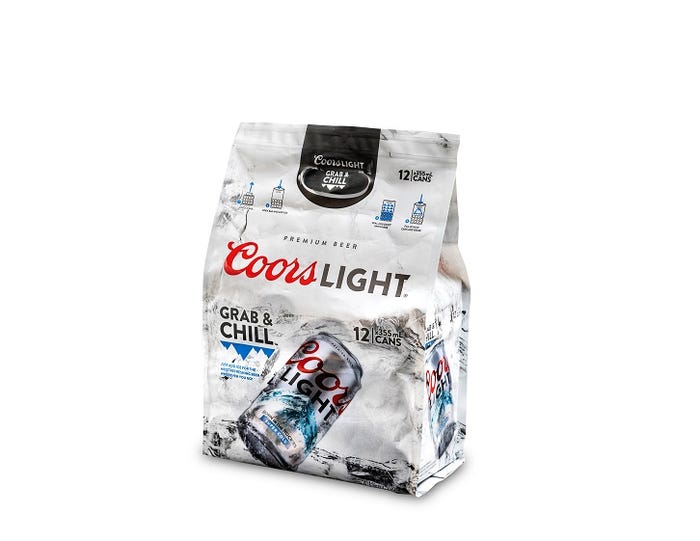
#3 The Flexible Packaging Association (FPA)’s winners in the 63rd Annual Flexible Packaging Achievement Award Competition can be viewed in this fast-paced slideshow of 14 top winners that were honored with Achievement Awards in various categories.
Growing trends identified by judges were:
Sustainability continues to be a focus, with a number of entries using bio-based and compostable materials
Multisensory elements incorporated into flexible packaging; examples include plastic structures that can mimic leathery or soft-feel materials;
Industry collaboration on packaging was expanding to more than two supplier partners.
Link: Fantastic flexible packaging: FPA winners 2019
Next: There’s a fast-rising tide of opportunity in this market
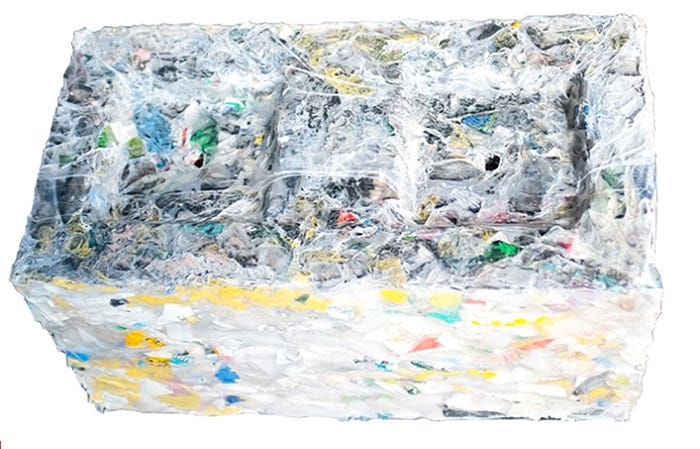
#2 Readers found 12 pages of examples of ocean plastic recaptured and remade into useful items (especially packaging) too alluring to resist.
Whether it’s seen as a glass half full (good, more debris removed!) or half empty (it’s a drop in an endless sea of debris!) proposition, it seems we’re inundated with a growing amount of plastic-products-from-marine pollution, a sampling of which you'll find on 12 pages that present in chronological order the history of ocean plastics that originated in 2012 by eco-minded, forward-thinking cleaners company Method (San Francisco) entered what were then virgin waters in pioneering packaging from marine pollution to the latest from August (shown).
Link: A visual tour of packaging and products from ocean plastics
The #1 read plastic packaging feature of the year is about leakage…
Being the #1 most popular-read article on the PlasticsToday Packaging Channel usually means four things:
The topic is on-trend;
It appeals to a wide audience;
It’s written clearly and with authority;
It’s a must read.
Also, there are three helpful things to know about the writer of the best-read article, Clare Goldsberry: she grew up in the plastics business and she’s long been aware of the potential pitfalls of “unintended consequences', and  she cringes when she hears the term “single use” applied to plastic retail bags.
she cringes when she hears the term “single use” applied to plastic retail bags.
“I reuse them to carry things to take to people,” she writes. “I’ve discovered that most people reuse the plastic retail bags for a number of things, which means they are not single-use.”
An excerpt from an article in Planet Money’s newsletter noted that it was about 40 years ago that plastic overtook paper as the preferred retail bag at grocery stores. But it seems that these bags have become a problem—they end up in the environment because people tend to be litterbugs and do not put these bags into the proper recycling bin at the grocery store.
A study done by University of Sydney economist Rebecca Taylor found that bag regulations in California resulted in a classic tale of unintended consequences: “Bag leakage: The effect of disposable carryout bag regulations on unregulated bags.”
You May Also Like



